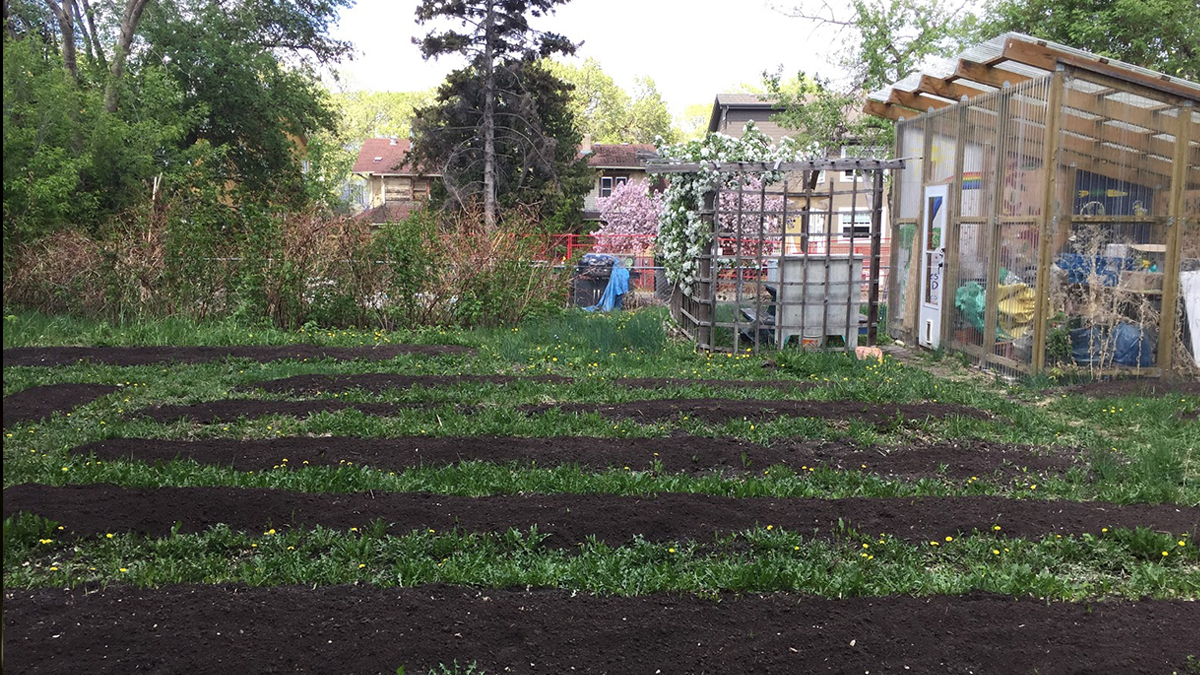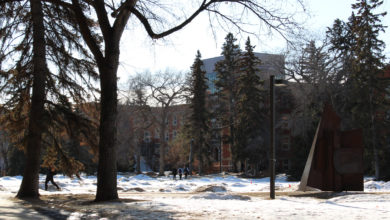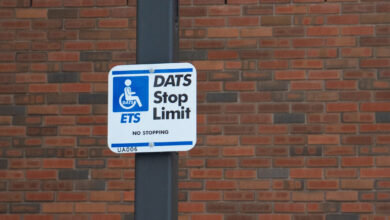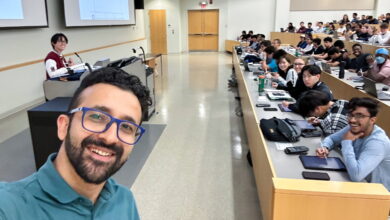 Khadra Ahmed
Khadra AhmedA new study from University of Alberta public health researcher Christina Gillies promotes community and school-based gardening to help bridge the gap for cancer prevention, mental health, and social connection for racialized and low-income Albertan communities.
This research was led by Gillies, who was searching for a “simple and profound way to improve health” for communities, regardless of their socioeconomic status.
When asked what her motivation for this research was, Gillies reflected on her realization that many determinants of an individual’s health are outside of their control.
“I think I was one of many Canadians who [thought] your health is really up to you, it’s up to individual choices that you make on a day-to-day basis, [I] didn’t really give much thought to the external factors that really influence [these day-to-day decisions].”
Gillies said that these external factors quickly became apparent through her journey into public health research.
“I could see the health inequities … particularly working with immigrant and refugee communities, as well as Indigenous communities, there are so many different factors that were influencing what they ate, physical activity levels, all of those different risk factors for cancer … as well as poor health outcomes in general.”
Benefits of gardening initiatives for cancer prevention
Gillies stated that this research was her way of fulfilling her “desire to use [her] position of privilege to do anything [she could] to address some of those issues [of socioeconomic disparity].”
Her research review, which looked at 48 studies across multiple countries, showed a strong correlation between gardening initiatives and a community’s improved knowledge of nutrition, eating behaviours, physical activity, as well as social connections.
Each of these benefits address what Gillies classifies as “modifiable risk factors for cancer [especially] for youth.”
For Gillies, the most impactful way for a community to incorporate gardening is through schools. She said that “it’s not only a great place to reach kids, but also to equitably meet kids, because no matter what socioeconomic status, most kids are in school during the day.”
She added that school-based programming “can be quite powerful” as well because “it can bring in parents, other family members, or even [other community members] … translating those benefits to the community more broadly.”
Gillies also emphasized that “mental and social well-being are really improved by having these sort of settings where people can come together and just get their hands dirty, and garden, and learn something new together.”
“It’s just so important to have that community engagement and involvement,” Gillies says
Gillies’ previous research has involved co-authorship and collaboration with First Nations communities within Alberta. This has informed her understanding that within many communities there are cultural differences, perspectives, and ways of knowing that make protecting a community’s self-determination crucial when considering if gardening is an appropriate medium for mitigating cancer risk factors.
“It’s really important to engage with equity-denied populations — people that are facing poverty, low-income, communities facing a lot of barriers — to see if they’re interested in gardening, first of all, and then also working with them to develop those initiatives.”
When speaking of her direct experience working with an Indigenous community, Gillies reflected on her “First Nations partners’ [focus on] intergenerational healing [and] land-based learning” as aspects of community gardening important to their culture, which Gillies said are not immediately obvious to people with western perspectives.
When asked about the particular value of gardening as a means of mitigating cancer risk and promoting well-being, Gillies stressed the holistic benefits that gardening brings to communities.
“It’s really an opportunity to [have] a more comprehensive approach to promoting health, and there are lots of different ways of doing this, but gardening can certainly be one avenue where you’re addressing different levels of the individual, the social, [the] environmental … these can all be affected by a garden.”
Gillies hopes that those who read her research become inspired to get involved through volunteering.
“It’s just so important to have that community engagement and involvement, and the benefits are truly substantial,” she said. “Just get involved as much as possible.”




